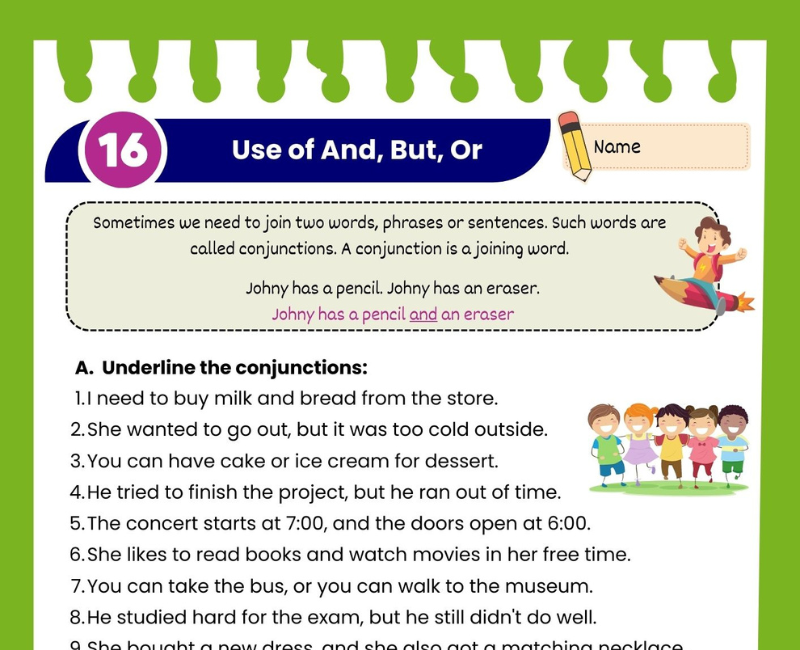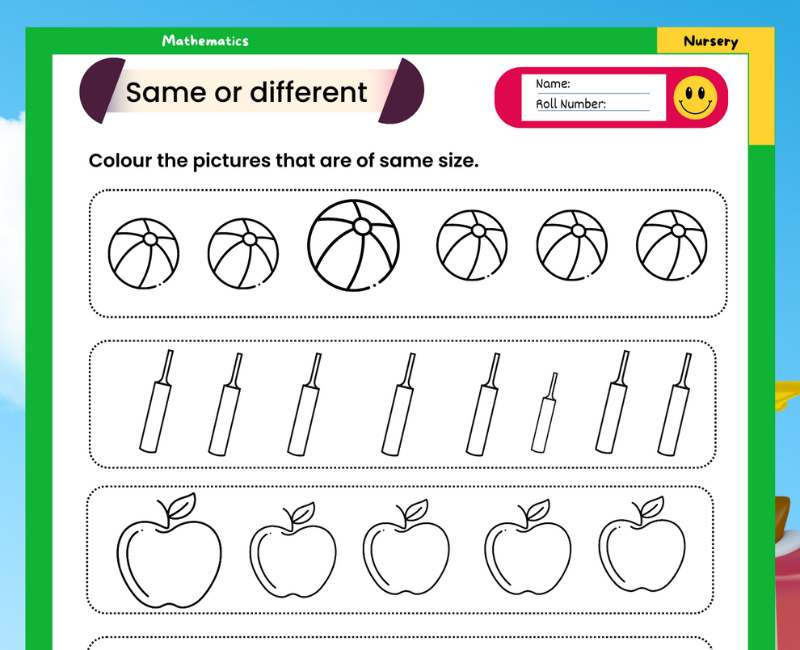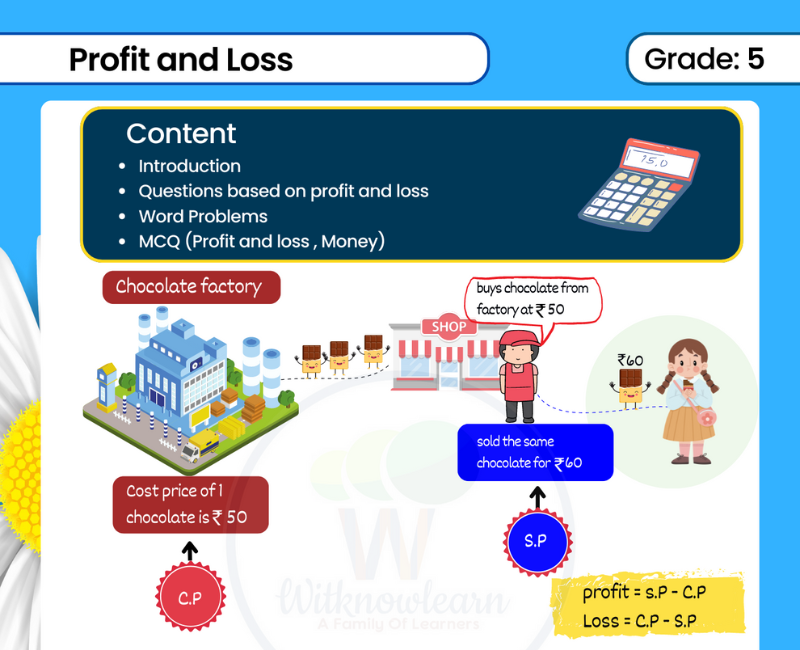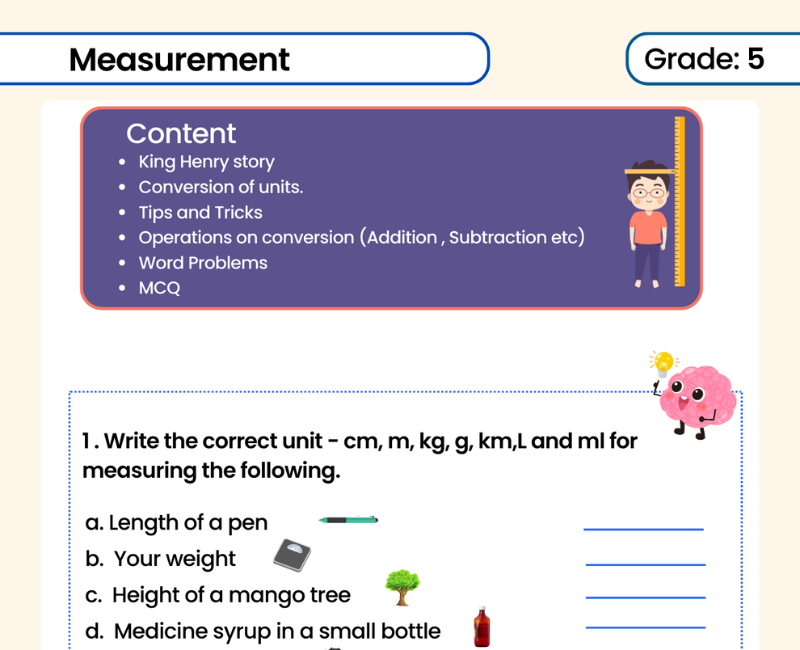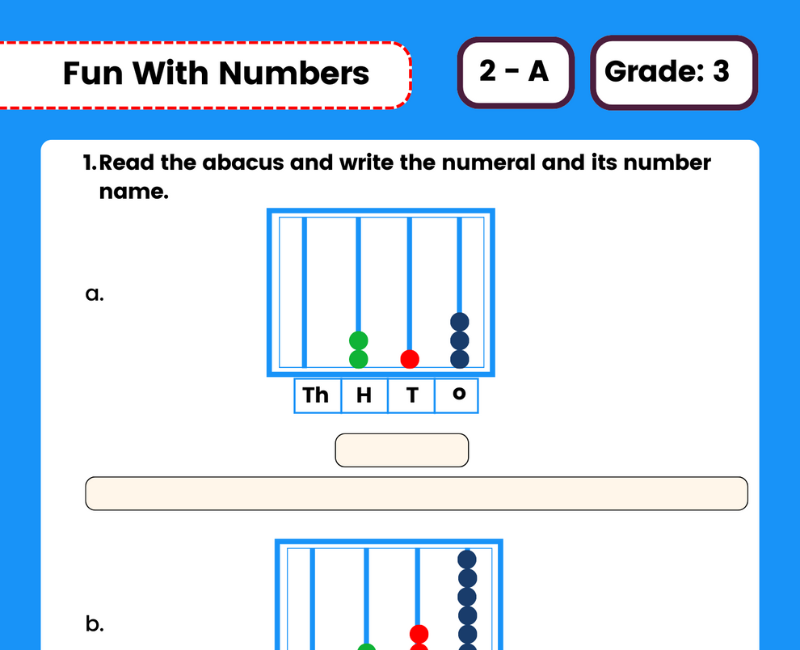Conjunction Worksheet For Class 2nd:Use Of And, But, Or
Working on recognizing and using conjunctions can help bridge the transition from an elementary language learner to a more advanced user. Make this transition easier for students with these 2-page free printable worksheets covering conjunctions like "and" and "but".
Worksheet conjunctions are valuable learning resources designed to help students practice using different conjunction types effectively in their writing and speech. These worksheets often feature a variety of conjunction examples sentences, which learners can analyze and apply to their own work. By working through these exercises, students can gain a deeper understanding of how to use conjunctions to connect words, phrases, and clauses, creating more complex and nuanced sentences.
Conjunction sentence examples and conjunctions sentences examples provide learners with clear illustrations of how different conjunctions function within a sentence. Conjunctions exercises, or conjunction exercise activities, often require students to combine or rewrite sentences using various conjunctions, such as "and," "but," and "or." These activities not only reinforce the use of conjunctions but also help students understand the role of the conjunction verb in linking verbs and verb phrases.
A conjunction worksheet for class 3, for example, might contain activities designed to challenge third-grade students and help them build on their existing knowledge of conjunctions. Conjugation French exercises and conjunctions in French tasks provide opportunities for learners to practice using conjunctions in the French language, while conjunction in Hindi activities cater to Hindi-speaking students. Similarly, a conjunction in French worksheet focuses on helping learners master the use of conjunctions in the French language.
What conjunction examples demonstrate the different ways conjunctions can be used within a sentence, providing learners with a comprehensive understanding of their function in grammar. Conjunction meaning in Marathi, for instance, refers to the use of conjunctions in the Marathi language, highlighting the importance of conjunctions in grammar across various languages.
Conjunction worksheet for class 2 is specifically designed for second-grade students, offering age-appropriate exercises and examples to help them develop a solid foundation in grammar. Conjunction usage is a crucial skill for learners to acquire, as it enables them to create more complex sentences and convey their thoughts more effectively.
Conjunction quiz activities are an engaging way to test students' understanding of conjunctions and their proper usage. These quizzes often cover conjunctions for class 2, such as "and," "but," and "or," as well as more advanced conjunctions for older students. Conjunctions but, or conjunction but exercises, focus on the use of the conjunction "but" to show contrast or contradiction within a sentence.
Conjunctions exercises with answers pdf files provide learners with comprehensive practice materials, complete with answer keys for self-assessment. Conjunctions worksheets for class 2 are tailored to the learning needs of second-grade students, offering targeted exercises that help them build their grammar skills. A conjunction and but or worksheet may require students to choose the appropriate conjunction to join sentences or phrases, reinforcing their understanding of how different conjunctions function within a sentence.
Conjunctions pdf worksheets and conjunctions worksheets pdf files are easily accessible resources that students can download and work through at their own pace. These worksheets often include a variety of activities, such as fill-in-the-blank exercises, sentence combining tasks, and multiple-choice questions. Conjunction ke example activities, which provide examples of conjunctions in various languages, demonstrate the widespread use and importance of conjunctions in grammar.
In summary, worksheet conjunctions and related activities play a crucial role in helping students develop a strong foundation in grammar and improve their overall language skills. By working with conjunction types, examples, and exercises, learners can gain a deeper understanding of how to use conjunctions effectively in their writing and speech, enabling them to communicate more clearly and effectively.
Introduction to Conjunctions (And, Or, But)
Conjunctions are words that help link two or more ideas together. In the English language, some of the most commonly used conjunctions include "and", "or", and "but". Understanding how and when to use these conjunctions correctly is an important part of becoming a proficient English language learner. With this free 2-page worksheet, you’ll be able to help your students better understand how to use these conjunctions to communicate effectively.
Examples of Conjunctions in Sentences and Context.
To help your students understand how to use conjunctions, give them examples of how and when to use these words in a sentence. For example, you can say "I went to the store and I bought some apples," which combined two sentences using the conjunction "and". You can also look at other examples like, "She wanted to go outside but it was raining," which joins two sentences with the conjunction "but". Looking at various types of contexts in which conjunctions are used can help your students better understand this grammar rule.
Practice Exercises for Conjunctions.
Give students plenty of practice with conjunctions by giving them fun and engaging exercises. For instance, create a fill-in-the-blank worksheet in which the student must insert the appropriate conjunction based on the context of the sentence. You can also have them choose from given choices of different conjunctions to complete a sentence correctly. Finally, you can give crossword puzzles or other types of word games that will reinforce their understanding of when and how to use these connecting words.
Tips on Effective Conjunction Usage in Everyday Language.
Every language learner should understand the difference between and, or, and but as they are some of the most commonly used conjunctions in everyday speech. The best way to use these words effectively is to remember that ‘and’ tends to join two nouns together while ‘or’ typically shows a choice between 2 things. Finally ‘but’ usually denotes an exception to a sentence or introduces a new idea that contradicts the previous point. With regular practice and by following tips such as these, students can easily become proficient in understanding and using conjunctions properly.
If you're looking for ways to help your child improve their English grammar skills, you may want to consider using worksheets on conjunctions. These worksheets can be a great tool for helping children learn how to use conjunctions, or "joining words," in their writing.
One great resource for conjunction worksheets is a conjunction worksheet PDF. This format is easy to access and can be downloaded and printed at home. Conjunction worksheets PDF are also a great option for teachers who want to provide their students with additional resources for grammar practice.
Conjunctions worksheets PDF can cover a variety of topics related to conjunctions. Some worksheets may focus on specific conjunctions like "and," "or," and "but," while others may cover a broader range of conjunctions. Many worksheets will include fill-in-the-blank exercises, matching exercises, and writing exercises to help students practice using conjunctions in different contexts.
When selecting conjunction worksheets, it's important to choose ones that are appropriate for your child's age and skill level. For example, younger children may benefit from simpler worksheets that focus on basic conjunctions like "and" and "or," while older children may be ready for more advanced worksheets that cover more complex conjunctions like "however" and "nevertheless."
One great option for joining words worksheet for class 2 is a worksheet that uses pictures to help children understand how conjunctions work. These worksheets may show two pictures side by side and ask children to use a conjunction to connect them. This can be a fun and engaging way for children to learn about conjunctions and improve their grammar skills.
In addition to using worksheets, there are other ways to help your child learn about conjunctions. For example, you can encourage them to look for conjunctions while reading books or watching movies. You can also point out conjunctions in everyday conversations and help them understand how they are used to connect ideas.
Overall, using worksheets on conjunctions can be a great way to help your child improve their English grammar skills. Whether you're looking for a conjunction worksheet PDF or a joining words worksheet for class 2, there are plenty of resources available to help you get started. With a little practice and some guidance, your child can become a master of conjunctions in no time!
FAQ's
Q: What is a conjunction?
A: A conjunction is a word used to connect words, phrases, clauses, or sentences. It is a part of speech that helps to create relationships between ideas and make the overall meaning of a sentence more clear.
Q: What are the most common conjunctions?
A: The most common conjunctions are "and," "or," "but," "so," "yet," and "for." These conjunctions are used to connect different parts of a sentence and show the relationships between them.
Q: What is a coordinating conjunction?
A: A coordinating conjunction is a type of conjunction that connects two or more words, phrases, or clauses that are of equal importance in a sentence. The most common coordinating conjunctions are "and," "or," and "but."
Q: What is a subordinating conjunction?
A: A subordinating conjunction is a type of conjunction that connects a dependent clause to an independent clause. These conjunctions make the dependent clause less important than the independent clause. Common subordinating conjunctions include "because," "since," "although," and "while."
Q: How do conjunctions improve writing?
A: Conjunctions help to improve writing by creating connections between ideas, which makes the writing more clear and easier to follow. By using conjunctions, writers can show the relationships between different parts of a sentence and create a more cohesive overall meaning.
Q: Can conjunctions be used at the beginning of a sentence?
A: Yes, conjunctions can be used at the beginning of a sentence. However, it is important to use them correctly and avoid overusing them. Beginning sentences with conjunctions can add variety to writing and help create a sense of emphasis or contrast.
Q: Can a sentence have more than one conjunction?
A: Yes, a sentence can have more than one conjunction. However, it is important to use conjunctions sparingly and avoid creating overly complicated sentences. Using too many conjunctions can make the sentence confusing and difficult to understand.
Q: How can I teach my child about conjunctions?
A: You can teach your child about conjunctions by pointing them out in books, movies, and everyday conversations. You can also use worksheets, games, and other educational resources to help your child practice using conjunctions in their writing.
Q: What are some common mistakes people make when using conjunctions?
A: Common mistakes people make when using conjunctions include using the wrong type of conjunction, overusing conjunctions, and using conjunctions incorrectly. It is important to use conjunctions correctly and avoid creating run-on sentences or confusing sentences.

